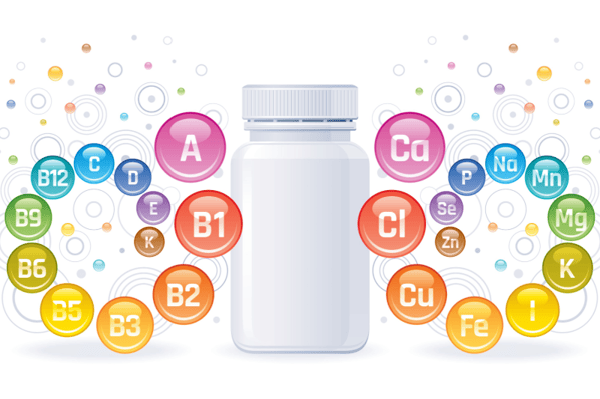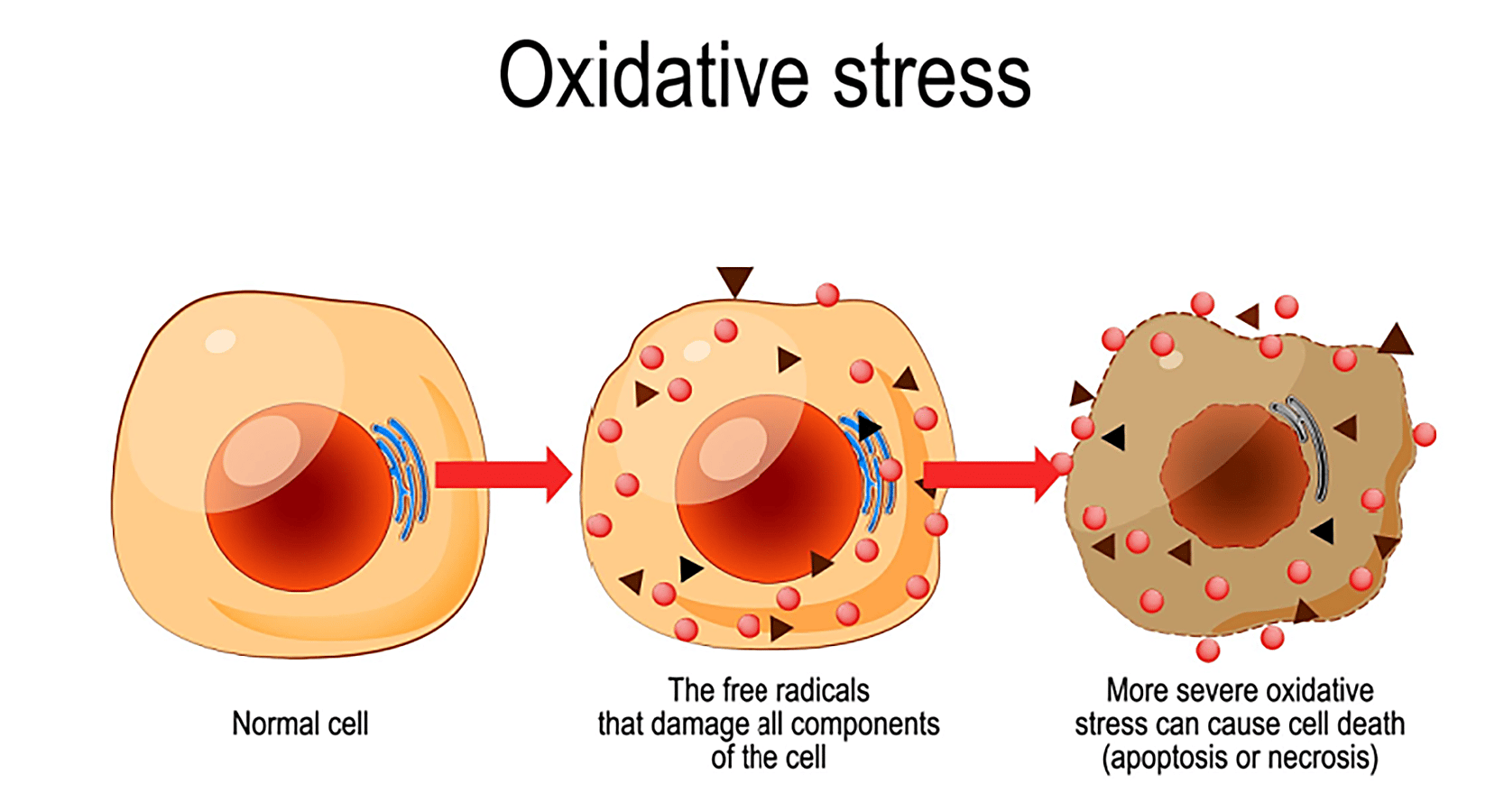The Connection Between Nutrients and Longevity
Longevity has fascinated humanity for centuries—there are many factors at play when it comes to determining our lifespans. The three pivotal sectors of life impacting longevity are genetics, the environment, and our lifestyle.
Genetic variations, which can be identified with the NutriProZ Longevity Program, are estimated to influence individual longevity by 20-25%. Environmental and lifestyle factors play a larger role and can impact our genetics through epigenetic mechanisms.
Several studies also demonstrate nutrition’s potential to increase lifespan.
Nutrition, explicitly eating a balanced diet including vegetables, fruits, and whole grains, and eating in moderation, is one reason cited for why populations in the well-known Blue Zones have extended life spans compared to the rest of the world.
However, this intricate connection between nutrients and longevity is not just about what we eat but how our bodies use these vital substances.
In this article, we’ll explore the role of micronutrients, how these substances can directly impact bodily mechanisms related to longevity, and why personalized nutrition is the key to healthy aging.
Micronutrients: Small but Mighty

Micronutrients, like vitamins, minerals, and trace elements, are largely influential in overall health and, in turn, longevity. Regular micronutrient testing is essential to ensure these elements are at optimal levels for health and longevity.
These substances are responsible for many important tasks in the body, including:
- Immune defense
- Energy production
- Hemoglobin synthesis
- Maintenance of bone health
- Protection against oxidative stress and cellular damage
Cellular and serum micronutrient testing, included in the NutriProZ Longevity Program, plays a crucial role in identifying deficiencies that could impact health and longevity.
Micronutrients & Disease Prevention
Disease is a major obstacle in the pursuit of health span and longevity.
Inadequate micronutrient levels are linked to increased risk of diseases like cancer, diabetes, and heart disease.
Many age-related diseases, like Alzheimer’s, cardiovascular disease, and metabolic disorders like diabetes, can shorten the human lifespan. Studies show that those with longer lifespans either demonstrate delayed onset of these types of diseases or escape them altogether.
So, how do micronutrients prevent disease?
Micronutrients like vitamins A, B6, B12, folate, C, D, and E, and trace elements like zinc, selenium, copper, and magnesium, support each component of the immune system. This means that deficiency in various micronutrients could increase the chance of contracting an infectious disease.
Regarding innate immunity, micronutrients help maintain our physical barriers' structural and functional integrity, including that of the skin and mucus membranes.
They also support the activity of antimicrobial proteins and chemotaxis of innate cells—the first line of the immune system’s defense in which cells move toward a site of infection or inflammation.
Certain vitamin and mineral deficiencies also affect adaptive immunity, specifically the humoral response (antibody-mediated) and cell-mediated immunity.
Micronutrients & Inflammation

Another mechanism through which micronutrients support longevity is combatting inflammation, a huge factor in the aging human body. As we age, we enter a state of systemic chronic inflammation, which can lead to organ dysfunction and age-related diseases.
Micronutrients combat inflammation through mechanisms like fighting oxidative stress, neutralizing free radicals, and inhibiting production of inflammatory substances like cytokines.
Additionally, having a consistent source of micronutrients over your lifespan can increase resilience and support healthy homeostasis as we age.
The Science of Cellular Nutrition
Understanding cellular nutrition levels is crucial for personalized nutrition and supplement plans. The various ways micronutrients prevent disease and contribute to longevity are rooted in cellular nutrition—how cells use nutrients to maintain optimal function.
This process is integral to longevity, as healthy cells equate to a healthier, longer-living organism.
Cellular processes involved in the aging process include:
- Dysregulated cellular energy sensing and growth pathways
- Chronic inflammation and cellular senescence (proliferation of cells that promote inflammation)
- Epigenetic alterations
- Oxidative stress
Most of these mechanisms are influenced by the food we eat.
Micronutrients, like vitamins, minerals, amino acids, and essential fatty acids crucial for body function, are the building blocks of cellular nutrition.
They play many crucial roles by acting as antioxidants, coenzymes, and cofactors in metabolism and influencing genetic control.
Micronutrients contribute to the normal functions of the immune, nervous, and endocrine systems and protect cells from oxidative stress, which means they play a large part in longevity and healthy aging.
Biomarkers: Decoding the Indicators of Longevity

Biomarkers are measurable indicators that can give insight into an individual's health, including their aging process.
These can include genetic markers, micronutrient levels, and specific cellular functions.
Common biomarkers of aging include:
- Oxidative stress and chronic inflammation
- Telomere length
- Epigenetic alterations
- Cellular senescence
- Sarcopenia, or loss of muscle strength and mass
Several micronutrients have a direct impact on biomarkers of longevity:
For example, antioxidants like vitamins C and E have been shown to counteract oxidative stress, a key factor in aging and cellular damage.
Studies also link vitamin D, folate, and B12 to telomere biology and cellular aging.
Telomeres are repetitive DNA sequences at the end of chromosomes. Their job is to protect our DNA sequences during cell division. Every time a cell divides, telomeres get slightly shorter.
Higher vitamin D concentrations are associated with longer telomere length, meaning the aging process is slowed.
And minerals like selenium and zinc have been shown to are reducing oxidative stress and protecting DNA from reactive oxygen species.
By understanding and monitoring these biomarkers, you can develop targeted strategies to address deficiencies and optimize health for longer life.
How Personalized Nutrition Unlocks Longevity

While micronutrients significantly impact overall health and longevity, these unique substances exist in a delicate balance in the body.
Just as it’s necessary to get enough nutrients, it's also vital to avoid excess nutrients. Additionally, there are a plethora of micronutrients that can impact the body and aging process.
This is why the best way to assess nutrient levels and prime your body for optimal aging is through personalized nutrition like Vibrant’s NutriProZ Longevity Program.
NutriProZ goes beyond supplementation to tailor nutrition to individual needs for maximum impact on longevity. This personalized nutrition program combines micronutrient and genetic testing and cellular nutrition and lifestyle insights to create personalized supplements that cater to each individual’s needs.
By accommodating individual differences in nutrient bioavailability and metabolic pathways, NutriProZ ensures that each person receives the exact nutrients, in the correct forms, their body needs.
This precision approach not only addresses current nutrient deficiencies but also enables a healthier, longer life.
A Personalized Path to Longevity

The multi-faceted path to longevity is profoundly personal and intricately linked to the nutrients we provide our bodies.
Through programs like NutriProZ, personalized nutrition is not just a concept but a practical solution to increasing the lifespan.
Using insights into micronutrients, cellular nutrition, and biomarkers, we can unlock the potential for an extended lifespan characterized not just by years but by health and vitality.
Regulatory Statement:
The general wellness test intended uses relate to sustaining or offering general improvement to functions associated with a general state of health while making reference to diseases or conditions. This test has been laboratory developed and its performance characteristics determined by Vibrant America LLC and Vibrant Genomics, a CLIA-certified and CAP-accredited laboratory performing the test. The lab tests referenced have not been cleared or approved by the U.S. Food and Drug Administration (FDA). Although FDA does not currently clear or approve laboratory-developed tests in the U.S., certification of the laboratory is required under CLIA to ensure the quality and validity of the tests.
 By
By



